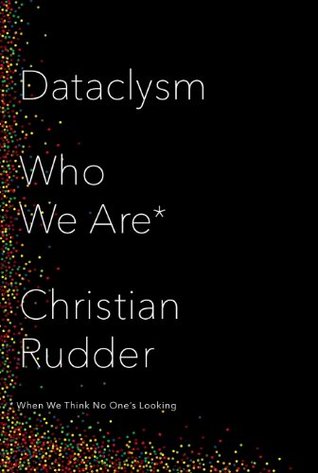More on this book
Community
Kindle Notes & Highlights
so. In fact, our graph is quite close to what’s called a symmetric beta distribution—a curve often deployed to model basic unbiased decisions—which I’ll overlay here:
WEIRD research: white, educated, industrialized, rich, and democratic. And most published social research papers are WEIRD.
But this asymmetry is ending; the small noise, the crackle and hiss of the rest of us, is finally making it to tape. As the Internet has democratized journalism, photography, pornography, charity, comedy, and so many other courses of personal endeavor, it will, I hope, eventually democratize our fundamental narrative.
Women want men to age with them. And men always head toward youth. A thirty-two-year-old woman will sign up, set her age-preference filters at 28–35, and begin to browse. That thirty-five-year-old man will come along, set his filters to 24–40, and yet rarely contact anyone over twenty-nine. Neither finds what they are looking for. You could say they’re like two ships passing in the night, but that’s not quite right. The men do seem at sea, pulled to some receding horizon. But in my mind I see the women still on solid ground, ashore, just watching them disappear.
Even at the person-to-person level, to be universally liked is to be relatively ignored. To be disliked by some is to be loved all the more by others. And, specifically, a woman’s overall sex appeal is enhanced when some men find her ugly.
Social psychologists call it the “pratfall effect”—as long as you’re generally competent, making a small, occasional mistake makes people think you’re more competent.
So at the end of it, given that everyone on Earth has some kind of flaw, the real moral here is: be yourself and be brave about it. Certainly trying to fit in, just for its own sake, is counterproductive.
We are at the cusp of momentous change in the study of human communication and what it tries to foster: community and personal connection.
There will be more words written on Twitter in the next two years than contained in all books ever printed.
The best messages, the ones that get the highest response rate, are now only 40 to 60 characters long.
Sitewide, the copy-and-paste strategy underperforms from-scratch messaging by about 25 percent, but in terms of effort-in to results-out it always wins: measuring by replies received per unit effort, it’s many times more efficient to just send everyone roughly the same thing than to compose a new message each time.
In short, people appear to be heavily preselecting online for something that, once they sit down in person, doesn’t seem important to them.


